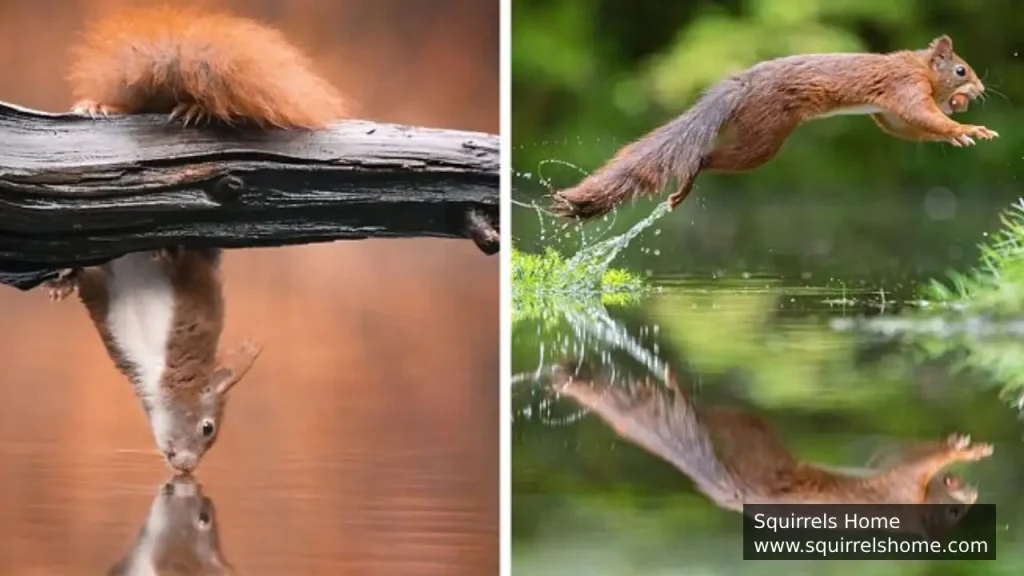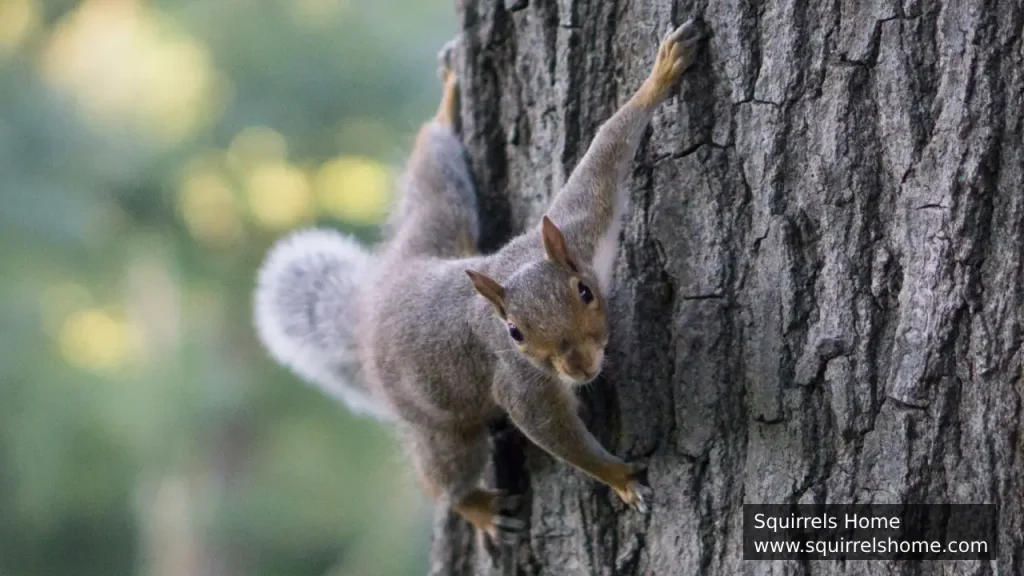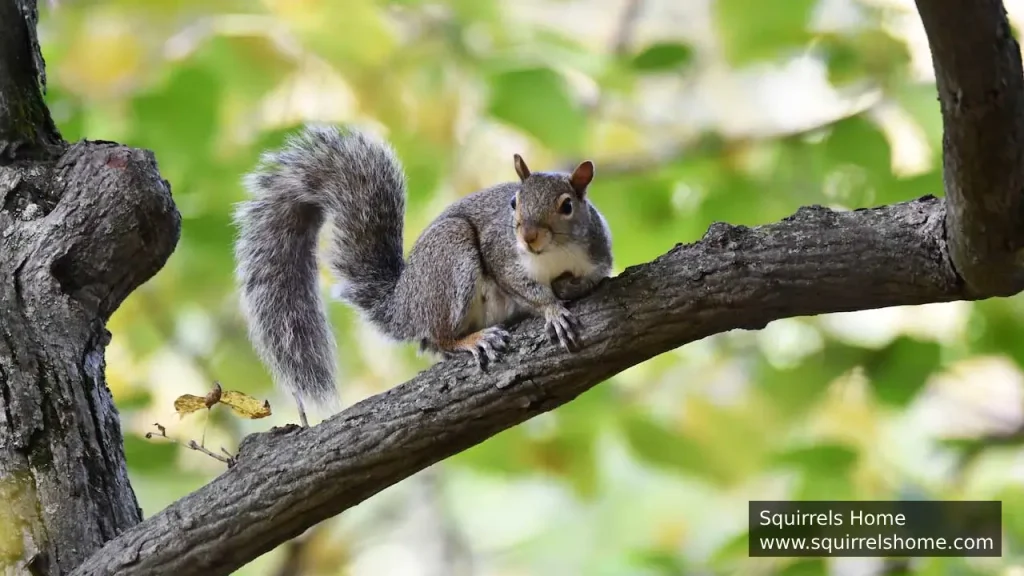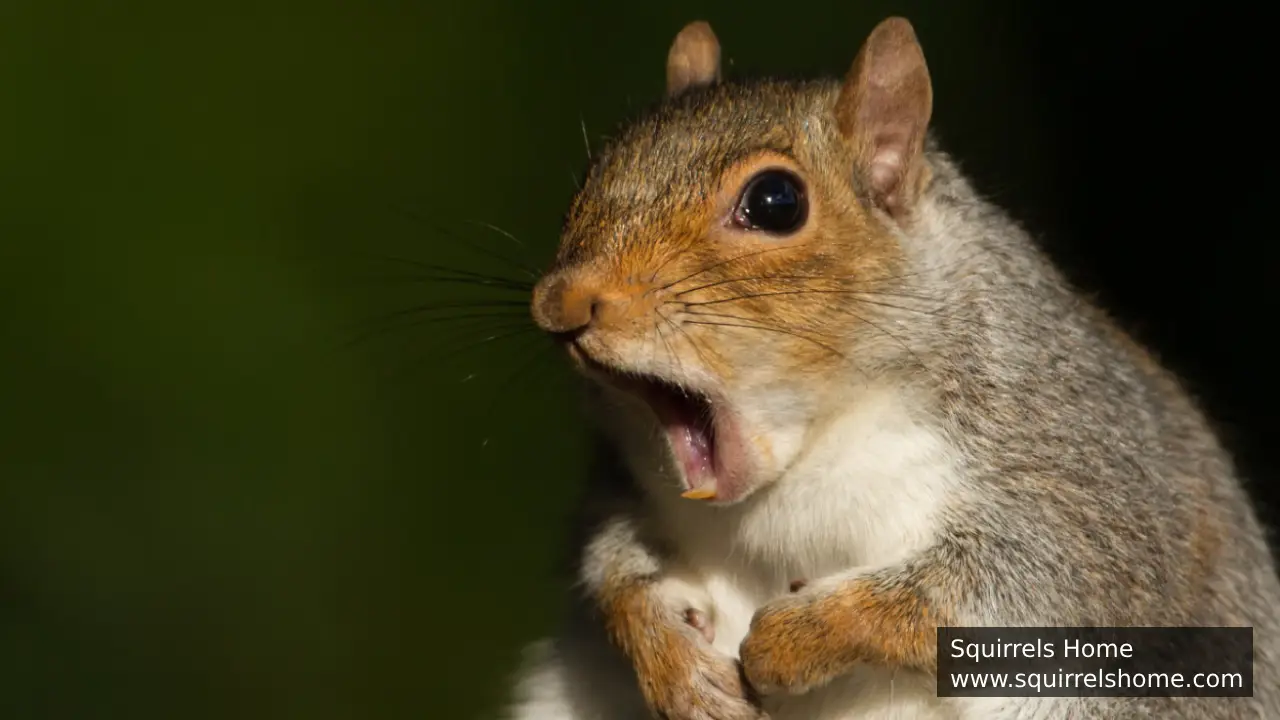Squirrels are fascinating creatures that thrive in various environments. Their physical features and habits are well-suited to help them survive and flourish. This article will explore how squirrels keep their bodies adapted to their surroundings, explaining these processes in very simple terms.
Strong and Flexible Bodies

Squirrels have strong and flexible bodies, which help them move easily. Their small, lightweight frames make climbing trees and jumping between branches effortlessly. Their powerful back legs allow them to leap far distances, and their front legs help them land safely.
This flexibility is important because squirrels often live in places with many trees, and they need to move quickly to find food or escape predators. Their flexible joints allow them to twist and turn while climbing, helping them stay balanced even on thin branches.
Sharp Claws for Climbing

Squirrels have sharp claws that make climbing easier. These claws act like hooks, allowing them to grip tree bark firmly. This helps them climb tall trees to escape danger or search for food.
Their claws are also helpful for digging. Some squirrels bury nuts in the ground for later. Sharp claws make digging easier, which is important for saving food during cold months when fresh food is hard to find.
Strong Teeth for Chewing

Squirrels have strong, sharp teeth that grow throughout their lives. These teeth help them chew through hard nuts and seeds, which are a big part of their diet. Their front teeth are always growing, so they need to keep chewing to wear them down.
This constant chewing also helps squirrels stay healthy. If their teeth grow too long, it can make eating difficult. Chewing helps them keep their teeth at the right length.
Bushy Tails for Balance and Warmth

A squirrel’s bushy tail is more than just for looks. It helps them balance when they climb or jump. The tail acts like a counterweight, keeping them steady as they move on branches or jump from high places.
The tail also keeps squirrels warm. In cold weather, they curl their tails around their bodies like a blanket. This helps them stay warm even when it’s freezing outside. During hot weather, they can use their tails for shade.
Keen Eyesight

Squirrels have excellent eyesight. Their eyes are placed high on their heads and slightly to the side. This gives them a wide field of vision, helping them see what’s around them.
Good eyesight is important because squirrels need to watch for predators, such as hawks or snakes. Their eyes can see movement from far away, giving them time to escape. They also use their sharp vision to find food like nuts, seeds, and berries.
Sensitive Whiskers
Squirrels have long whiskers that help them sense their surroundings. These whiskers can detect changes in their environment, such as narrow spaces or obstacles.
Whiskers are especially helpful at night or in dark spaces. They help squirrels navigate when they can’t see clearly. This ability is important for staying safe and finding food.
Camouflage Fur
Squirrels’ fur helps them blend into their environment. Their brown, gray, or reddish fur matches the trees and ground where they live. This camouflage makes it harder for predators to spot them.
The fur also protects them from the weather. It keeps them warm in cold temperatures and offers some protection from rain. Their fur is thick and soft, providing comfort and safety.
Storing Food for Later
Squirrels are known for storing food, a behavior called caching. They bury nuts and seeds in the ground or hide them in tree hollows. This helps them have food during winter when fresh food is scarce.
This behavior shows how well squirrels adapt to their surroundings. They remember where they hide their food and can dig it up later. Their strong memory and sharp claws make this process easier.
Adaptation to Urban Areas
Squirrels have also adapted to living in cities and towns. In these places, they find food in parks, gardens, and even trash bins. They use buildings and electric wires like they would use trees.
Their ability to adjust to different environments shows how flexible and resourceful they are. Urban squirrels often interact with people, showing how well they adapt to new challenges.
Seasonal Behavior Changes
Squirrels change their behavior with the seasons. In the fall, they gather and store food for winter. During winter, they are less active and spend more time in their nests to stay warm.
In spring and summer, they spend more time finding food and caring for their young. These seasonal changes help them survive throughout the year.
Conclusion
Squirrels’ physical features and behaviors are perfectly suited to their environment. From their sharp claws to their bushy tails, every part of their bodies helps them live successfully. Their ability to adapt to changing surroundings shows how amazing and resourceful they are.
FAQs
1. How do squirrels stay safe from predators?
Squirrels use their sharp eyesight, quick reflexes, and climbing skills to escape predators. They can also hide in trees or use their camouflaged fur to avoid being seen.
2. Why do squirrels bury nuts?
Squirrels bury nuts to save them for later. This behavior ensures they have food during colder months when other food sources are hard to find.
3. Do squirrels hibernate in winter?
Squirrels do not hibernate. Instead, they are less active during winter and rely on the food they stored earlier. They stay in their nests to keep warm.
4. Can squirrels eat anything besides nuts?
Yes, squirrels eat seeds, fruits, berries, insects, and even small plants. Their diet depends on what is available in their environment.
5. How do squirrels communicate?
Squirrels communicate through sounds, body movements, and scents. They use these methods to warn others of danger, find mates, or mark their territory.
